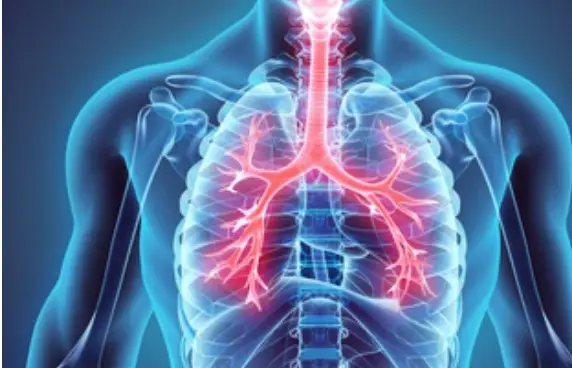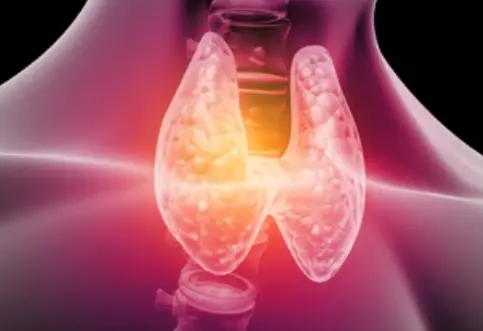 Welcome
Welcome
“May all be happy, may all be healed, may all be at peace and may no one ever suffer."
Smallpox - Generics
Smallpox is a highly contagious viral disease that was once a major public health concern. It is caused by the variola virus and is characterized by a fever and a distinctive rash that spreads over the entire body.
Symptoms of smallpox typically include a high fever, headache, backache, and a rash that begins on the face and then spreads to the trunk and limbs. The rash progresses through several stages, beginning as small red spots that become raised bumps and then form fluid-filled blisters. The blisters then scab over and eventually fall off, leaving a scar.
Smallpox is highly contagious and can be transmitted through contact with infected individuals, as well as through contaminated objects and surfaces. There is no cure for smallpox, but vaccination is highly effective at preventing the disease.
Smallpox was officially declared eradicated in 1980, thanks to a global vaccination campaign. The last natural case of smallpox occurred in Somalia in 1977. However, concerns remain about the possibility of the virus being used in bioterrorism or emerging from a laboratory.
Because smallpox is a highly contagious and potentially deadly disease, it is important to seek immediate medical attention if you suspect that you or someone you know may have been exposed to the virus. Early diagnosis and treatment can help to minimize the spread of the disease and improve the chances of recovery.

Genital herpes

Colonoscopy

Central respiratory depre...

Thyroid carcinoma

Allergic and inflammatory...

Contact dermatitis

Pregnancy

Gonococcal urethritis
Smallpox, গুটি
To be happy, beautiful, healthy, wealthy, hale and long-lived stay with DM3S.